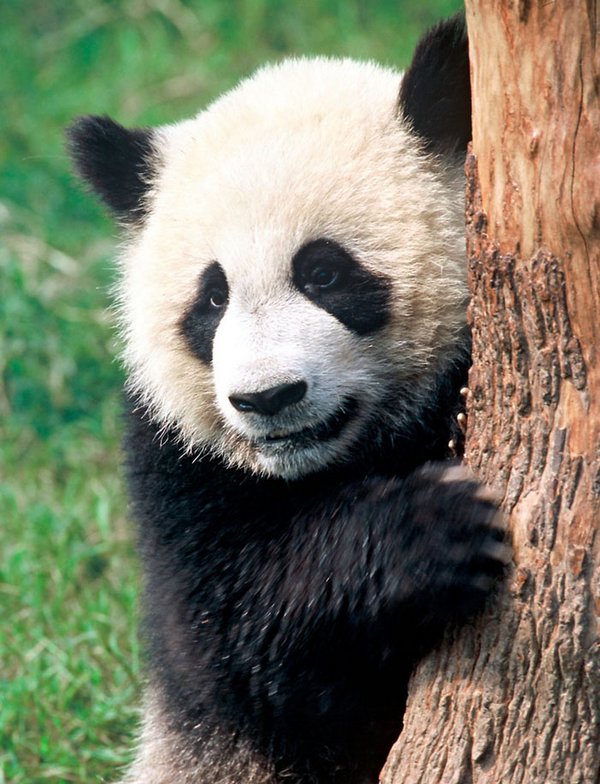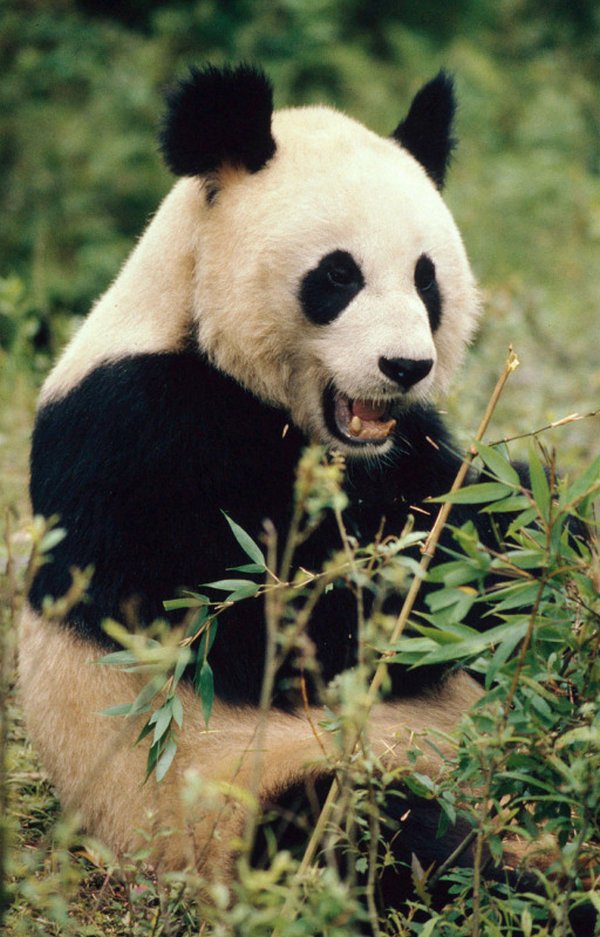Until yesterday, the giant panda was 'threatened', now it is 'vulnerable', but it still needs to be protected. This was announced by the WWF which for decades has made the panda its symbol. The panda is still at risk and unfortunately in the meantime we are facing a real primate alarm, with gorillas and orangutans on the verge of extinction.
He is about to end up run over, his mother saves him
Until yesterday the giant panda he was 'threatened', he is now 'vulnerable', but he still needs to be protected. This was announced by the WWF which for decades has made the panda its symbol. The panda is still at risk and unfortunately in the meantime we are faced with a real primate alarm, with gorilla and orangutan on the verge of extinction.
It is true that the giant panda's place on the endangered species list has dropped a notch but that doesn't mean the panda is really safe. The good news in any case is that the right approach to animal protection really helps protect them.
The International Union for Conservation of Nature (IUCN) has announced the positive change for the giant panda in the Red List of Threatened Animals in Need of Protection. In the decade from 2004 to 2014 the panda population has grown by 17%. In 2014, a national census counted 1864 giant pandas in China.
Now knowing that the panda, if properly protected, will be able to save itself from extinction is a really important moment for those involved in animal conservation, but at the same time we must not let our guard down.
The growth in panda numbers demonstrates that when science and politics work together best with local populations, then wildlife can easily be rescued.
“For over 50 years the panda has been the global icon of endangered species and the WWF symbol, Knowing that today the panda is one step further from extinction is, for those like us who are engaged in active conservation every day, extraordinary news. This result shows that when science and politics work together, involving local communities, exceptional results can be achieved in the conservation of biodiversity ”- underlines Marco Lambertini, Director General of WWF International.
Il panda logo it was drawn in 1961 by the English naturalist and draftsman, Sir Peter Scott. Twenty years later, the WWF began, the first organization, to work in China for the conservation of the panda, in collaboration with the government to promote the establishment of reserves in the areas still inhabited by the famous black and white bear.

Since then, WWF has therefore been committed to developing an integrated network of natural reserves and in the creation of natural corridors that allow the connection between the isolated populations of the panda. These efforts have seen the number of panda reserves rise to 67, which now protect nearly two-thirds of the still-present population of wild pandas, and have helped to preserve large swaths of mountain bamboo forest.
These forests, in addition to being a source of food for the panda, are home to countless other species and provide natural services, such as, for example, the same water supply, for tens of millions of people living along the river valleys, as explained by WWF.

Unfortunately regarding the Red List of highly endangered species there is no shortage of bad news: four species of great apes out of six are now in danger of extinction: the eastern gorilla which consists of two subspecies, has undergone a decline of 70% in twenty years and has passed from Endangered to Critically endangered: the two subspecies in which it is distinguished are the Grauer's Gorilla and the mountain gorilla, which has about 880 individuals.
Even the western gorilla, the orangutan of Borneo and that of Sumatra they are Critically endangered, unfortunately close to extinction, threatened by poaching and habitat destruction. Not even the chimpanzee and the bonobo also called pygmy chimpanzee, classified as Endangered, are doing well. During the congress, the initiative on Key Biodiversity Areas in which WWF is an integral part was launched.
Marta Albè
Photo source: WWF


























